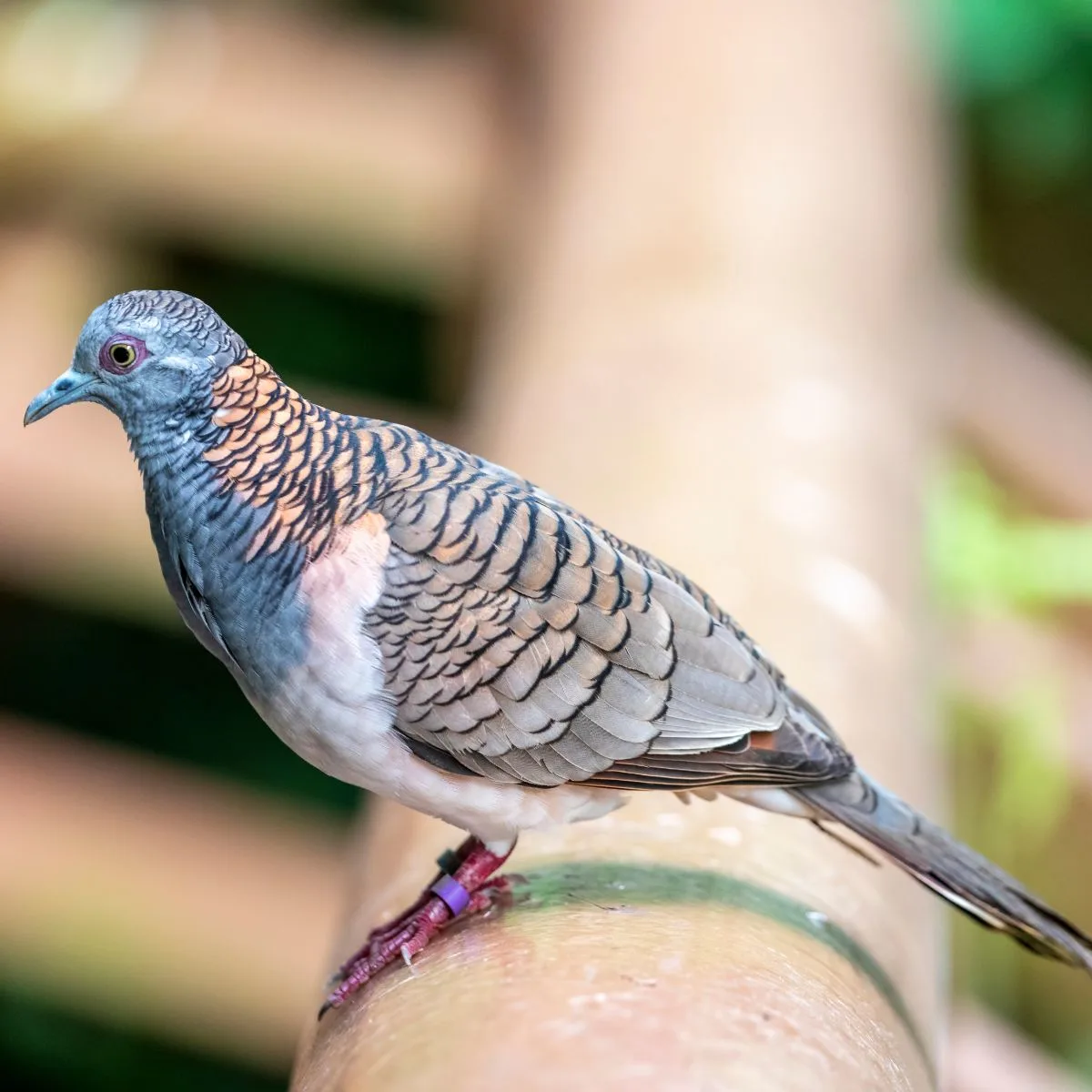When a grey dove makes an unexpected appearance in our lives, it’s as if time pauses for a moment, inviting us to ponder deeper questions and messages that might be woven into its visit.
Across different cultures and throughout history, the dove has been looked upon as a bearer of important messages—be they of love, hope, or renewal. But what does it specifically signify when a grey dove visits you?
This narrative seeks to explore the multifaceted interpretations of such encounters, examining the symbolic importance of the dove against the backdrop of our personal experiences and societal narratives, aiming to shed light on why these moments can feel so profound and transformative.
A Symbol Across Cultures – The Global Language of Doves
The grey dove, emblematic of tranquility and grace, has been a symbol steeped in significance for as long as human civilization can recall. Its soft cooing serves as a universal language of peace, resonating through time and across continents.
The ancient Mesopotamians, one of the earliest civilizations, regarded doves as sacred creatures, embodying the divine aspects of maternity and fertility.
This reverence was not unique to them; it spanned across the globe, from the Middle East to the far reaches of the ancient world.
In Greek mythology, the dove was associated with Aphrodite, the goddess of love and beauty, further cementing the bird’s connection to themes of love and gentleness.
Roman myths followed suit, with doves symbolizing love and care, often depicted alongside Venus, their version of Aphrodite.
This association between doves and the divine elements of love has been a constant throughout history, transcending the boundaries of religions and cultures to embed itself in the global collective consciousness.
Christianity adopted the dove as a symbol of the Holy Spirit, representing purity, peace, and renewal.
This imagery is potent in biblical narratives, most notably in the story of Noah’s Ark, where a dove returns with an olive branch, signifying the end of the flood and the restoration of peace between God and humanity.
This story encapsulates the essence of hope and new beginnings, themes universally relatable and deeply ingrained in the human experience.
Moving eastward, doves hold a place of respect in Islamic art and literature, often symbolizing a deep spiritual connection and the human soul’s journey. Similarly, in Hinduism, doves are seen as messengers of love, carrying forth the energy of peace and harmony.
In contemporary times, the dove has transcended religious symbolism to become a universal emblem of peace movements, notably adopted in the imagery of anti-war protests.
The simplicity of its form and the purity of its color signify a desire for peace that crosses cultural and national divides, making it a powerful symbol of unity and coexistence.
The continuous thread throughout these diverse cultural narratives is the dove’s unwavering representation of peace, love, and the divine.
Its global appeal lies in the universal values it espouses, values that are intrinsic to the human condition.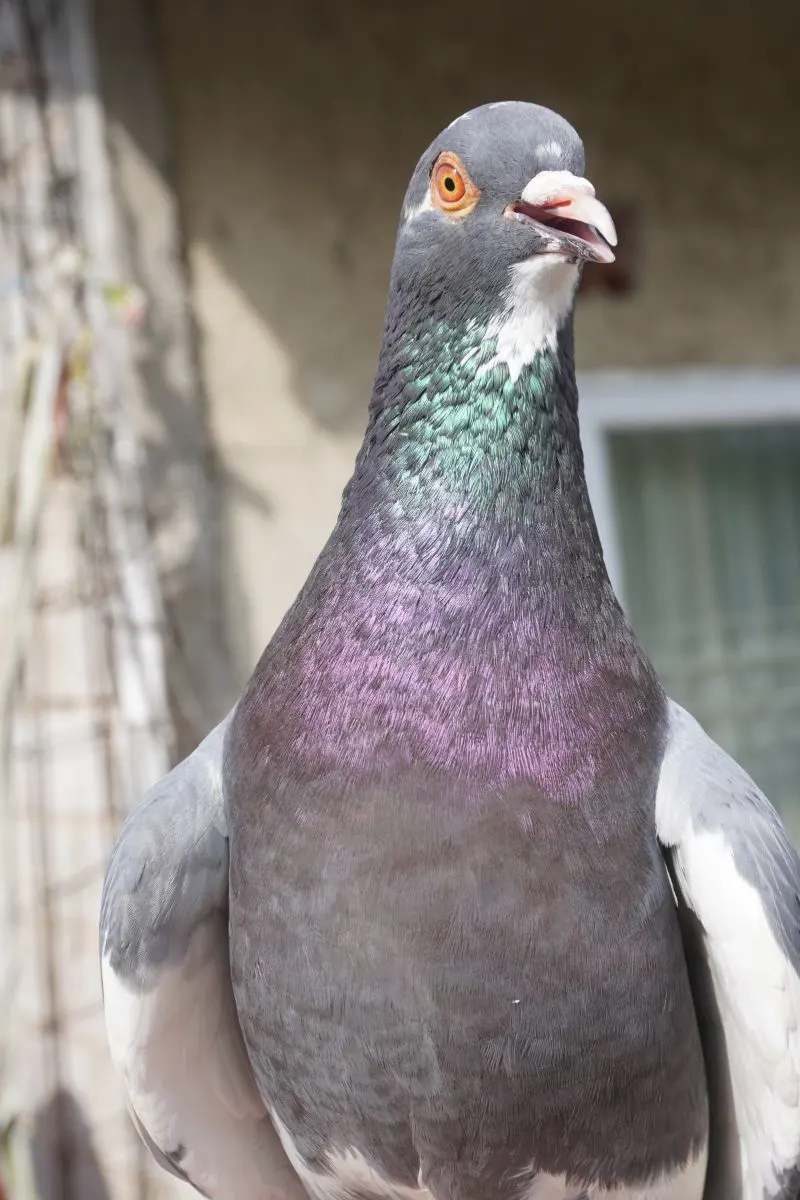
In every culture, among every people, the sight of a grey dove inspires a collective yearning for peace and unity. It reminds us of our shared desires for harmony with one another and with the world around us.
What Does It Mean When A Grey Dove Visits You?
The grey dove’s visit is often cloaked in mystique, imbued with meanings that stretch beyond the physical realm into the ether of spiritual significance.
Across various cultures and individual belief systems, these encounters are frequently interpreted as omens or messages from the divine, the universe, or departed loved ones, offering guidance, comfort, or forewarning.
This spiritual lens through which we view the dove’s presence invites a deeper exploration of the mystical interpretations and the profound impact they can have on our lives.
In many traditions, doves are seen as messengers between the worlds, their ability to soar the skies symbolizing a connection between the heavens and the earth. The grey dove, with its serene appearance and gentle cooing, is particularly associated with messages of peace and reassurance.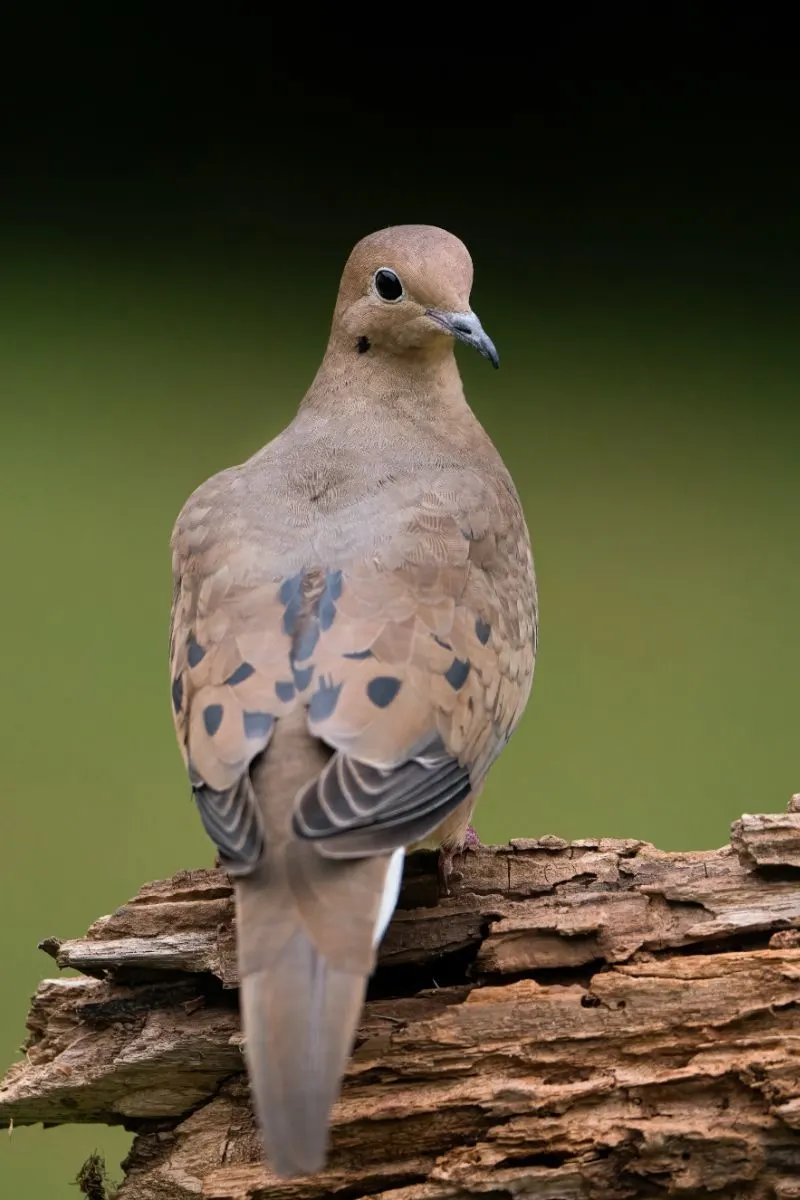
For those grieving or undergoing moments of personal turmoil, the sudden appearance of a dove can be interpreted as a sign from the universe or a departed soul, conveying a message of solace and reminding the individual that they are not alone in their journey.
Spiritual practitioners and those attuned to signs from the natural world often pay heed to the circumstances surrounding a dove’s visit.
The context, behavior, and even the direction from which the dove comes can all add layers of meaning to the encounter.
For instance, a dove appearing at the onset of a new venture or relationship might be interpreted as an affirmation of the path chosen, while a dove visiting during times of uncertainty or decision-making may be seen as a prompt to reflect on one’s inner peace and the choices that align with it.
The symbolism of the grey dove also extends to its role as a harbinger of change or transformation.
In many spiritual circles, doves are believed to appear when we are at a crossroads, encouraging us to release past burdens and embrace a period of renewal and growth.
This perspective fosters a readiness to welcome new phases of life with an open heart, viewing change not as something to fear but as an opportunity for evolution and deeper understanding.
Furthermore, the spiritual interpretation of a dove’s visit can influence not just personal beliefs but also the very decisions we make moving forward.
For someone who perceives the dove as a divine messenger, this encounter might inspire them to pursue a path they’ve been hesitant about, bolstered by the sense of confirmation or support they feel from the visit.
It can lead to reflections on personal values, priorities, and the aspects of life that contribute to a sense of peace and fulfillment.
Incorporating anecdotes and personal reflections sheds light on the diversity of meanings attributed to these spiritual encounters.
From individuals who found the courage to make significant life changes, to those who received comfort during times of loss, each story underscores the potent impact of interpreting a grey dove’s visit through a spiritual lens.
The Dove in Art and Literature – A Muse for Creativity
The grey dove, with its ethereal beauty and deep symbolism, has long been a wellspring of inspiration for the creative minds of artists, poets, and writers.
This emblem of purity, peace, and freedom has transcended time to become a universal muse, its image and essence woven into the fabric of art and literature across ages.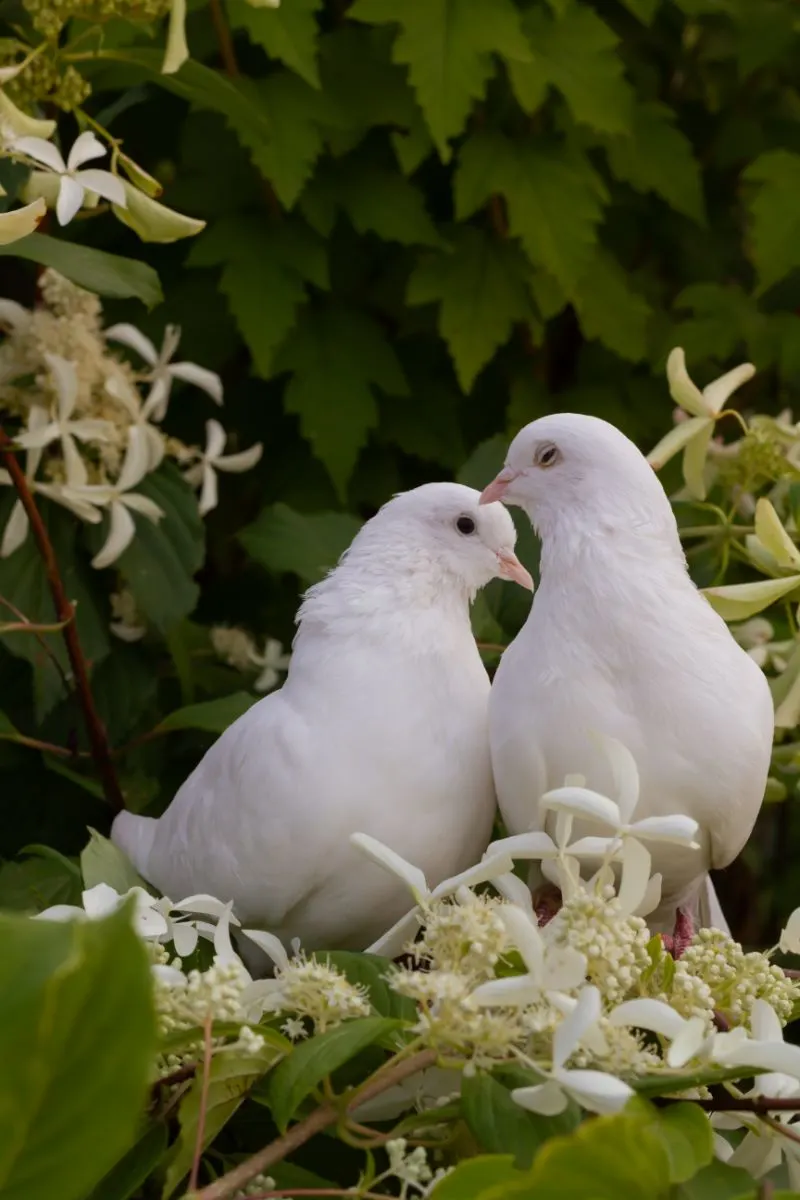
In contemporary creativity, the dove continues to hold a place of significance, evolving yet enduring in its capacity to stir imagination and evoke profound expressions.
In the realm of visual arts, the dove has been captured in countless forms, from the classical renditions of peace in the works of Pablo Picasso to the modern digital art that uses the dove as a symbol of hope in tumultuous times.
The simplicity of the dove’s silhouette against vast, open skies provides a powerful canvas for artists to explore themes of liberation and transcendence.
It is not merely the physical portrayal of the dove that captivates but the emotional and spiritual resonance it embodies, enabling artists to communicate complex messages of harmony and resilience through their work.
Poetry, with its nuanced language and emotive power, finds in the dove an enduring metaphor for the human condition. Contemporary poets draw upon the symbolism of the grey dove to explore the dichotomies of love and loss, freedom and captivity, and the eternal quest for peace in a fragmented world.
The dove’s flight, gentle cooing, and serene presence become poetic devices that convey depth and subtlety in feelings and experiences, bridging the tangible with the ethereal.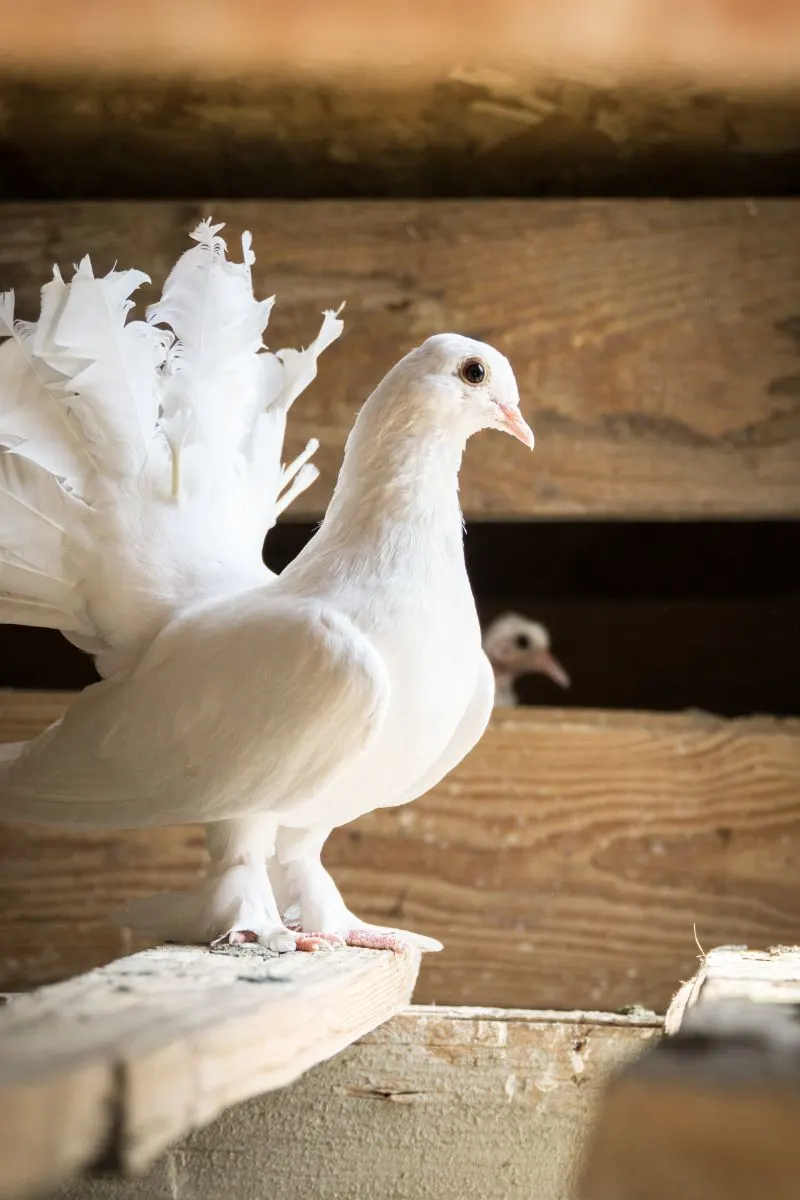
The narrative arts, too, are enriched by the symbolism of the dove. In literature, the grey dove appears as a character, motif, and symbol, guiding plots and deepening themes.
Writers utilize the dove’s imagery to craft scenes of poignant beauty, to herald moments of change, or to underscore the interconnectedness of love and sacrifice.
The dove’s role in stories often transcends its literal presence, becoming a catalyst for character development and plot progression, embodying ideals and emotions that resonate with readers across cultures and contexts.
The dove’s influence extends beyond traditional mediums, permeating popular culture, music, and film. Songwriters liken the dove’s voice to messages of love and reconciliation, its flight to journeys of discovery and self-realization.
In cinema, the dove is used to punctuate moments of significance, its appearance on screen often symbolic of turning points, resolutions, or divine intervention.
The continued relevance of the dove in contemporary art and literature speaks to its versatility as a symbol and its profound impact on human consciousness.
Its representation transcends aesthetic appeal, inviting contemplation and interpretation, and serving as a bridge between the mundane and the sublime. For creative minds, the dove is more than a subject or motif; it is a conduit for exploring the depths of human emotion, the intricacies of relationships, and the complexities of the world around us.
Fostering Coexistence – Learning from the Dove’s Adaptability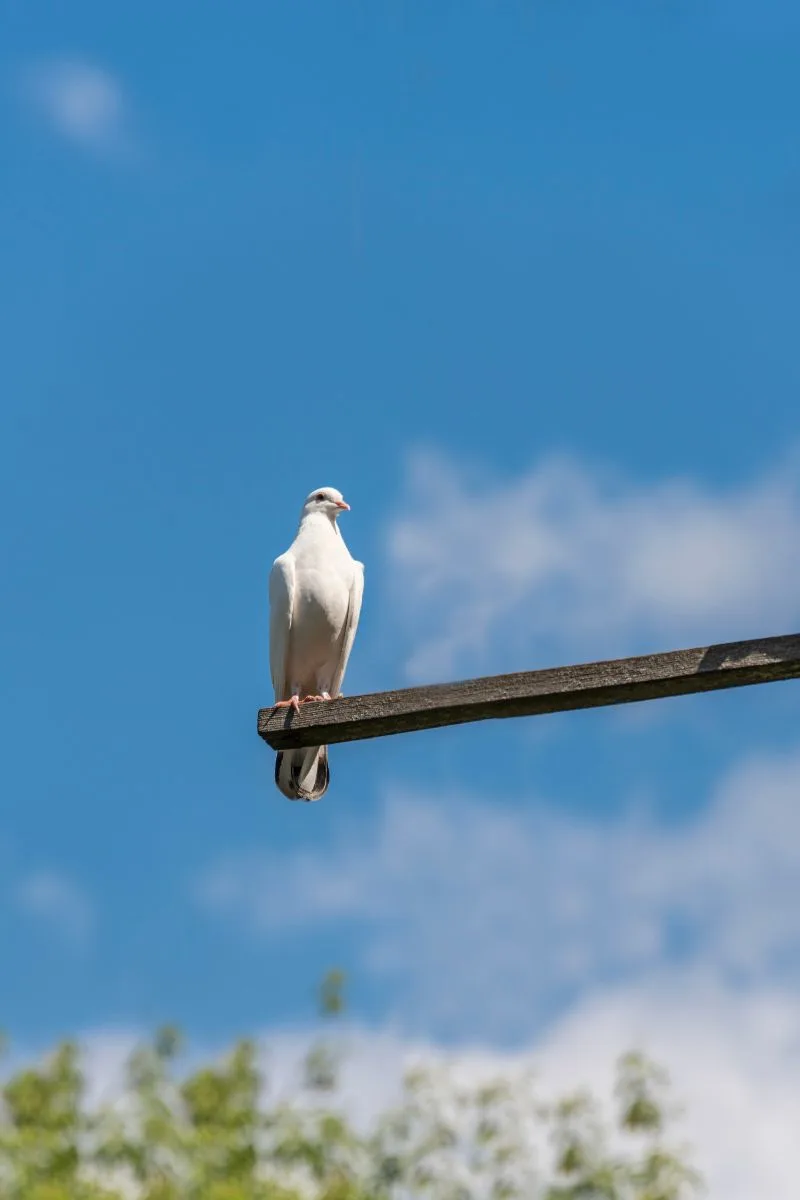
The grey dove, with its remarkable adaptability and inherent grace, serves as a poignant emblem for coexistence in our modern world.
Amidst the backdrop of growing polarization and environmental challenges, this unassuming bird demonstrates a resilience and ability to flourish across varied landscapes, from bustling cities to serene countrysides.
Its presence invites us to reflect on our own capacities for adaptation and harmony, offering valuable lessons on how we might foster more inclusive and balanced relationships with nature and each other.
One of the most striking aspects of the dove’s adaptability is its capacity to find sustenance and sanctuary in environments drastically altered by human activity.
Unlike many species that struggle to survive the encroachment of urban development, the grey dove thrives, navigating the concrete jungles with as much ease as it does the natural wilderness.
This resilience is a testament to the dove’s resourcefulness and flexibility, qualities that are increasingly necessary for our own survival in a rapidly changing world. By observing the dove, we can learn the importance of adaptability, not only in responding to environmental changes but also in our interactions with one another.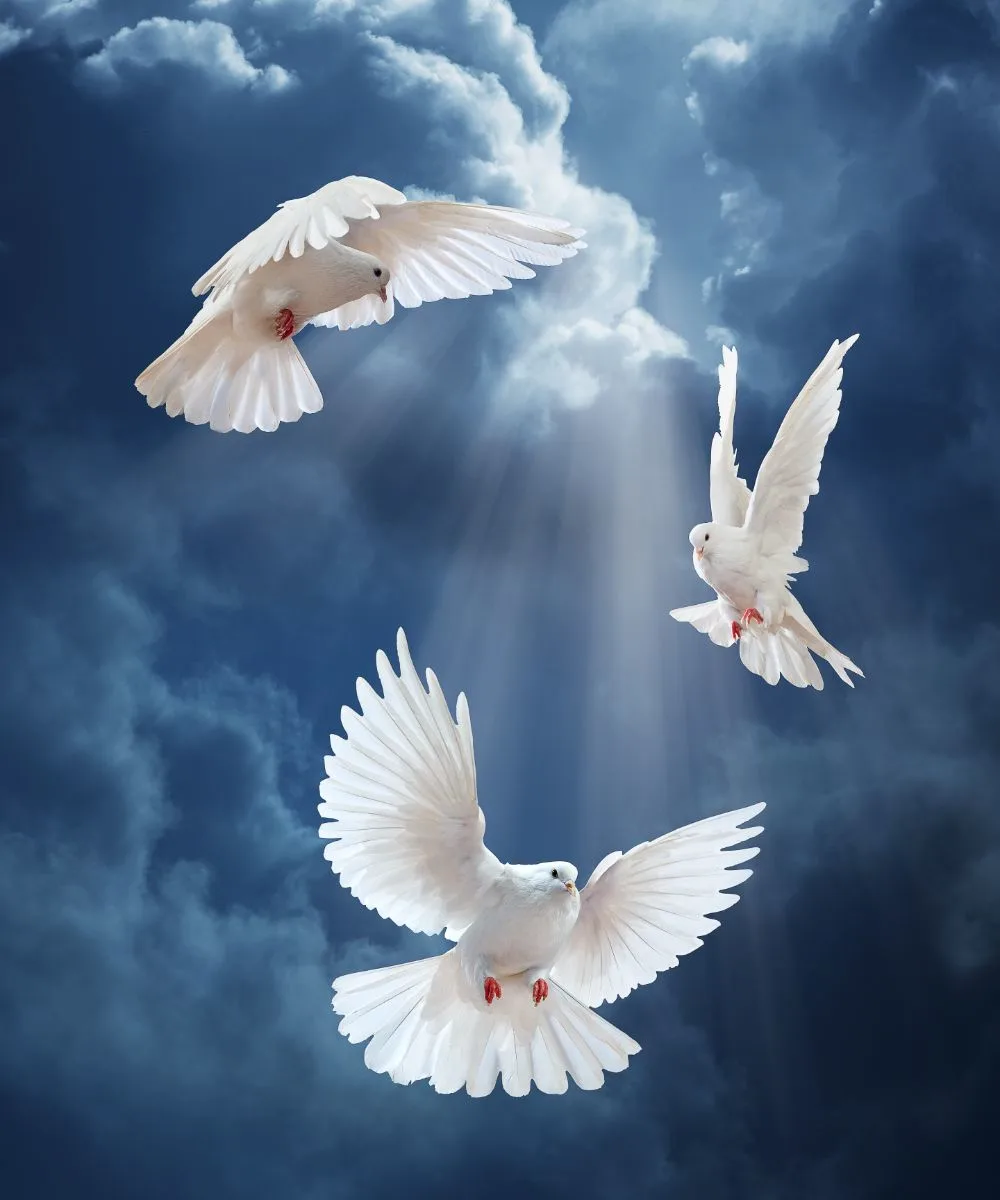
In a society marked by division, the ability to understand and adapt to differing perspectives is crucial for fostering unity and progress.
Furthermore, the dove’s peaceful coexistence with humans and other species alike showcases the potential for mutual respect and cooperation in our relationships.
The dove does not dominate its environment nor retreat entirely from it; instead, it finds a balance, contributing to the ecosystem’s diversity and vitality.
This harmonious approach to coexistence underlines the importance of respect for all living beings and the interconnectedness of our world. It prompts us to consider how our actions impact the broader web of life and encourages us to make choices that support the well-being of our planet and its inhabitants.
The dove’s quiet presence also reminds us of the value of serenity and mindfulness in our fast-paced lives. In the noise and chaos of modern society, the sight of a grey dove can serve as a prompt to pause, breathe, and appreciate the moment.
This mindfulness, a form of mental adaptability, empowers us to respond to situations with clarity and compassion rather than react out of habit or aggression.
Cultivating a practice of mindfulness can help reduce stress and conflict in our lives, promoting a sense of peace that radiates outward, influencing our interactions with others positively.
To foster a more harmonious relationship with nature and each other, we can draw inspiration from the dove’s example by promoting biodiversity, supporting sustainable development, and encouraging inclusive communities.
Initiatives that prioritize green spaces in urban areas, protect natural habitats, and cultivate an appreciation for wildlife contribute to a healthier ecosystem and enrich our quality of life.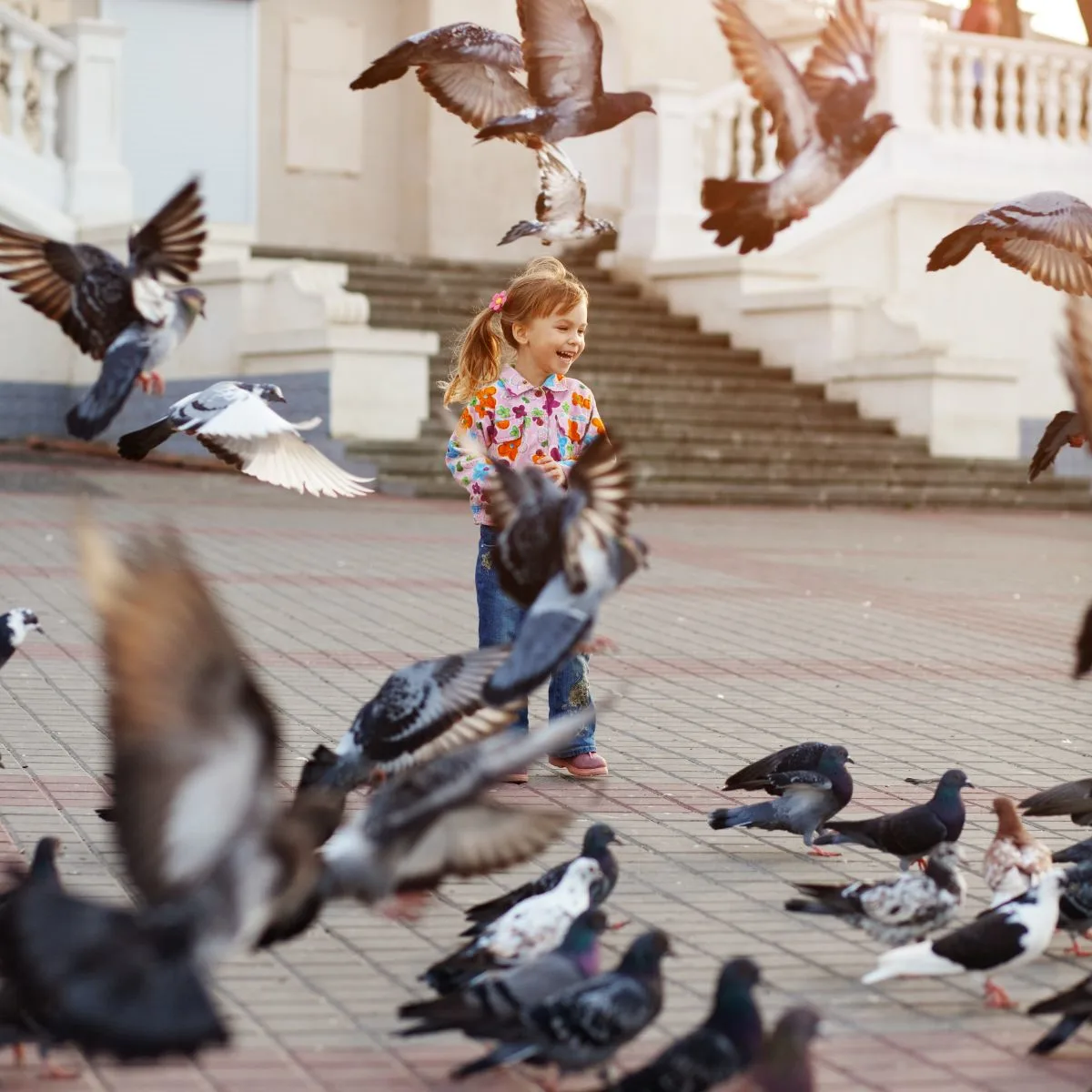
Similarly, efforts to bridge divides, whether through dialogue, education, or collaborative projects, can help build understanding and unity in our human communities.
In essence, the grey dove’s adaptability and peaceful coexistence offer profound lessons for navigating the complexities of the contemporary world.
By embodying flexibility, respect for diversity, and mindfulness in our actions, we can contribute to a more balanced and compassionate society.
The dove, in its simple, unassuming way, challenges us to rise above our differences and find common ground in our shared humanity and our collective responsibility toward this planet. In learning from the dove, we may discover the keys to coexistence, forging a path toward a future marked by harmony and mutual respect.

